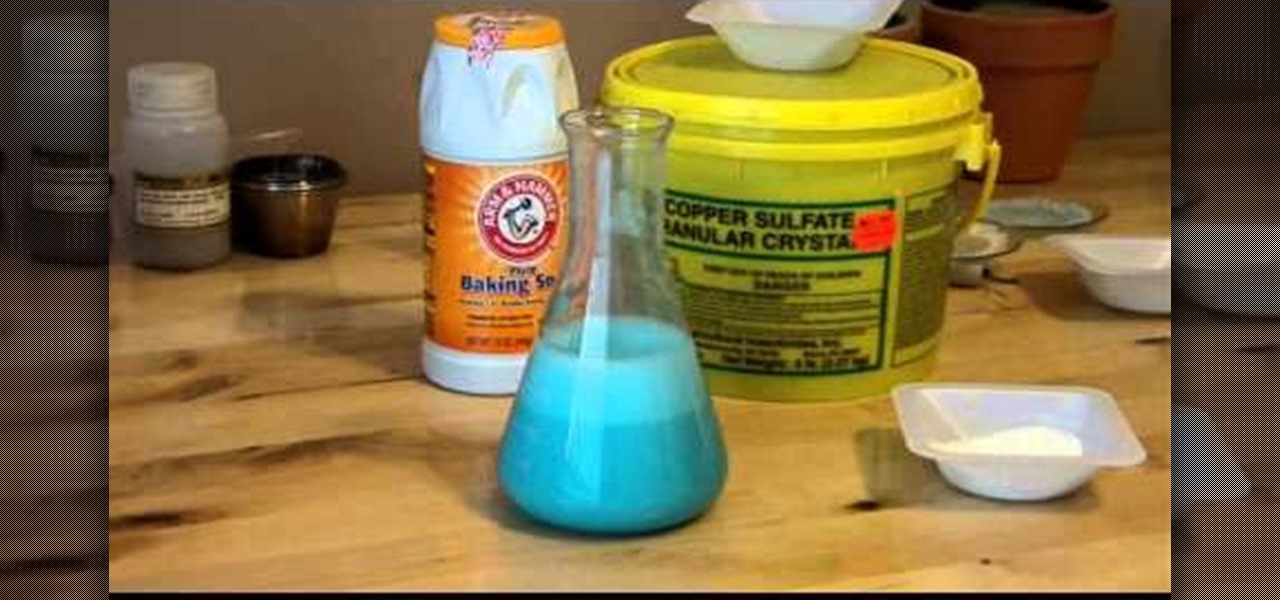
The ratio of volume of the initial solution (concentrated) to the volume of the final solution (diluted) is called dilution factor.Ĭ initial × V initial = C final × V final On dilution, the final volume and concentration of the solution changes to V final and C final, respectively. Consider the initial volume and concentration of the solution as V initial and C initial, respectively. On addition of the solvent, the quantity of the solution increases. In order to dilute a given solution, solvent is added to the original concentrated solution. The number of moles of solute remain the same before and after dilution. Molarity of a solution is higher when it is concentrated. Concentration is the inverse of dilution. The amount of solute dissolved in any solvent is termed as the concentration. Dilution reduces the ‘ph’ level of the chemical. It is diluted with water before consumption. This process is carried out in day-to-day life. Therefore, a solvent is added to such solutions to make them diluted. The concentration level of many solutions is much more than the desired level. Reducing the concentration of any chemical (solution, gas, vapor) is called dilution. In order to understand how to calculate the dilution factor from a given concentration value, we need to first understand a few terms. An example can be salt dissolved in water. The forces responsible for the binding of a solute and solvent to form a solution are ‘van der waals force’ or ‘hydrogen bonds’.Īccording to chemistry principles, a solute and solvent combine to form a solution. This ScienceStruck post shows how to calculate the dilution factor of solutions, given their initial and final concentrations. Hence, they are diluted using solvents in order to reduce their ‘ph’ value.

Chemicals in concentrated forms are seldom useful.


 0 kommentar(er)
0 kommentar(er)
